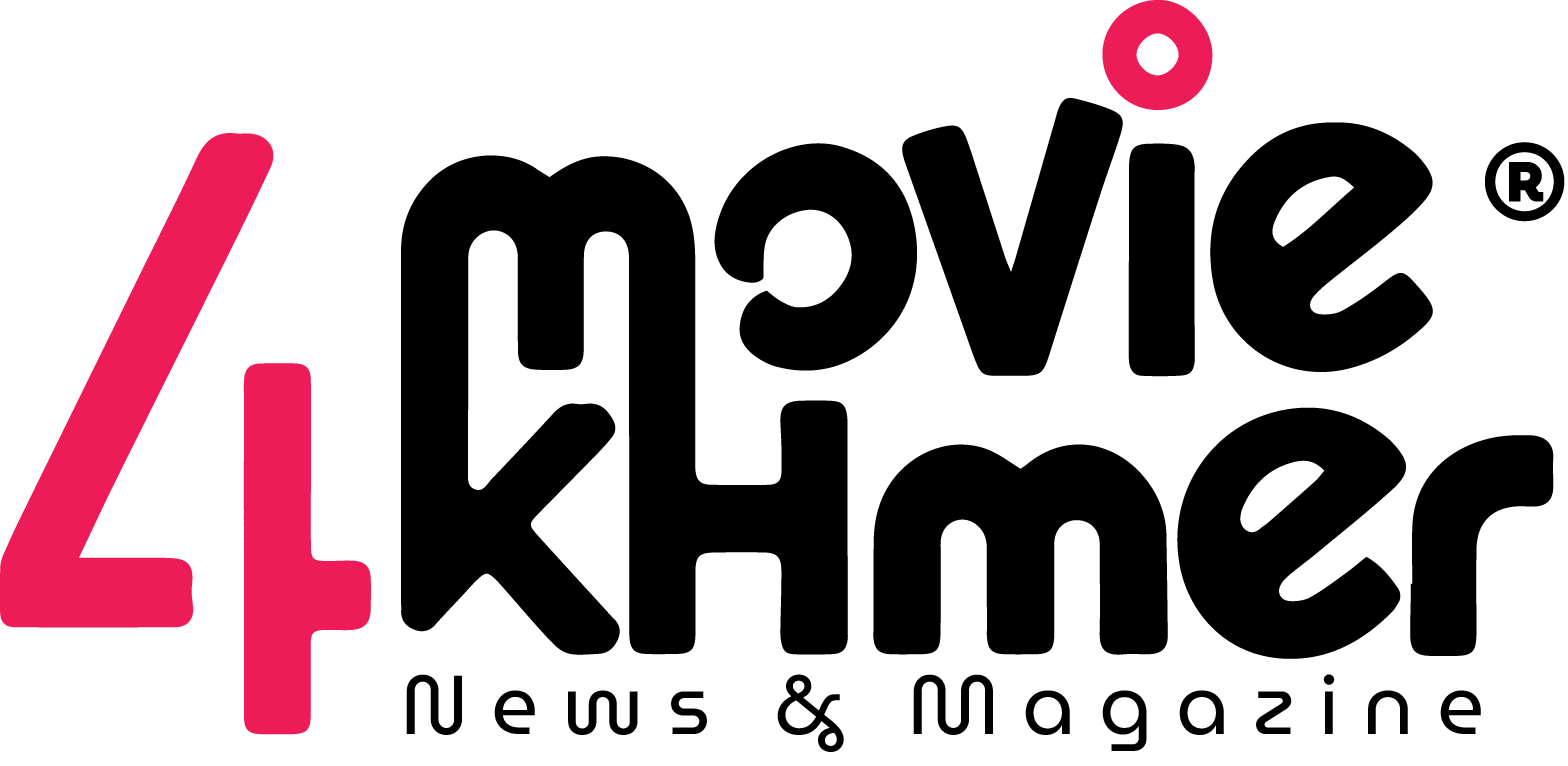Visualization is a powerful tool that can enhance how students absorb, retain, and understand information. By turning abstract concepts into visual formats, learners can connect ideas more easily, leading to deeper comprehension and better academic performance. Here are several effective visualization techniques that can support student learning in a variety of subjects.
1. Mind Mapping
Mind maps help students visually organize information by placing a central idea in the middle and branching out with related concepts. This method promotes creative thinking, helps with note-taking, and makes it easier to recall complex information.
2. Diagrams and Charts
Flowcharts, Venn diagrams, and bar graphs are useful for simplifying complicated topics. They are especially helpful in science and math, allowing learners to follow processes or compare data quickly.
3. Infographics
Infographics combine images, charts, and minimal text to present information clearly and concisely. They are excellent for summarizing lessons or explaining processes in an engaging format.
4. Timelines
Timelines help students see the sequence of events in subjects like history or literature. This technique reinforces understanding of cause and effect and supports chronological thinking.
5. Concept Maps
Concept maps show relationships between different concepts using connecting lines and labels. They are ideal for understanding how topics are interrelated, especially in subjects like biology, geography, and social studies.
6. Interactive Learning Tools
Digital tools such as educational apps and software allow students to manipulate images, charts, and other visuals. These tools can make learning more interactive and engaging, accommodating various learning styles.
7. Color Coding
Using colors to highlight or categorize information can help with memory retention. For instance, assigning different colors to parts of speech in grammar lessons makes it easier to identify and remember them.
8. Storyboarding
Storyboarding involves creating a sequence of drawings or images to tell a story or explain a process. This is useful in subjects like language arts or when preparing presentations and essays.
Conclusion
Incorporating visualization techniques into study habits and classroom instruction can make a significant difference in how students understand and remember information. Whether through diagrams, maps, or digital tools, these strategies cater to diverse learning styles and encourage active participation in the learning process.






